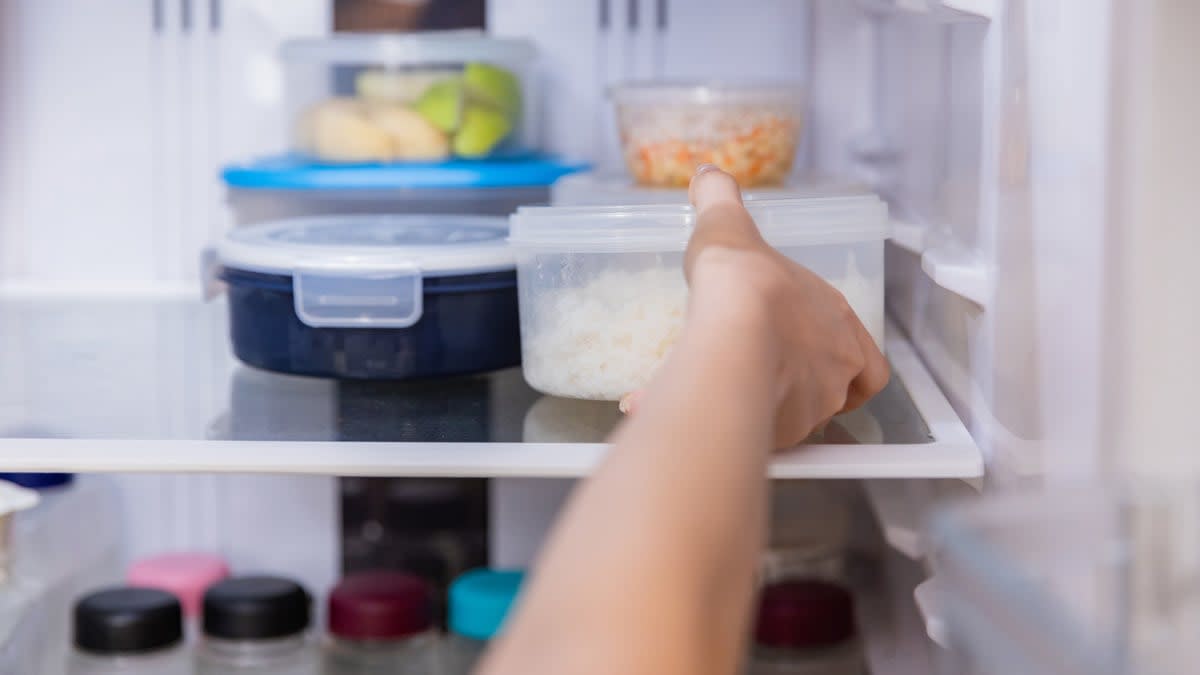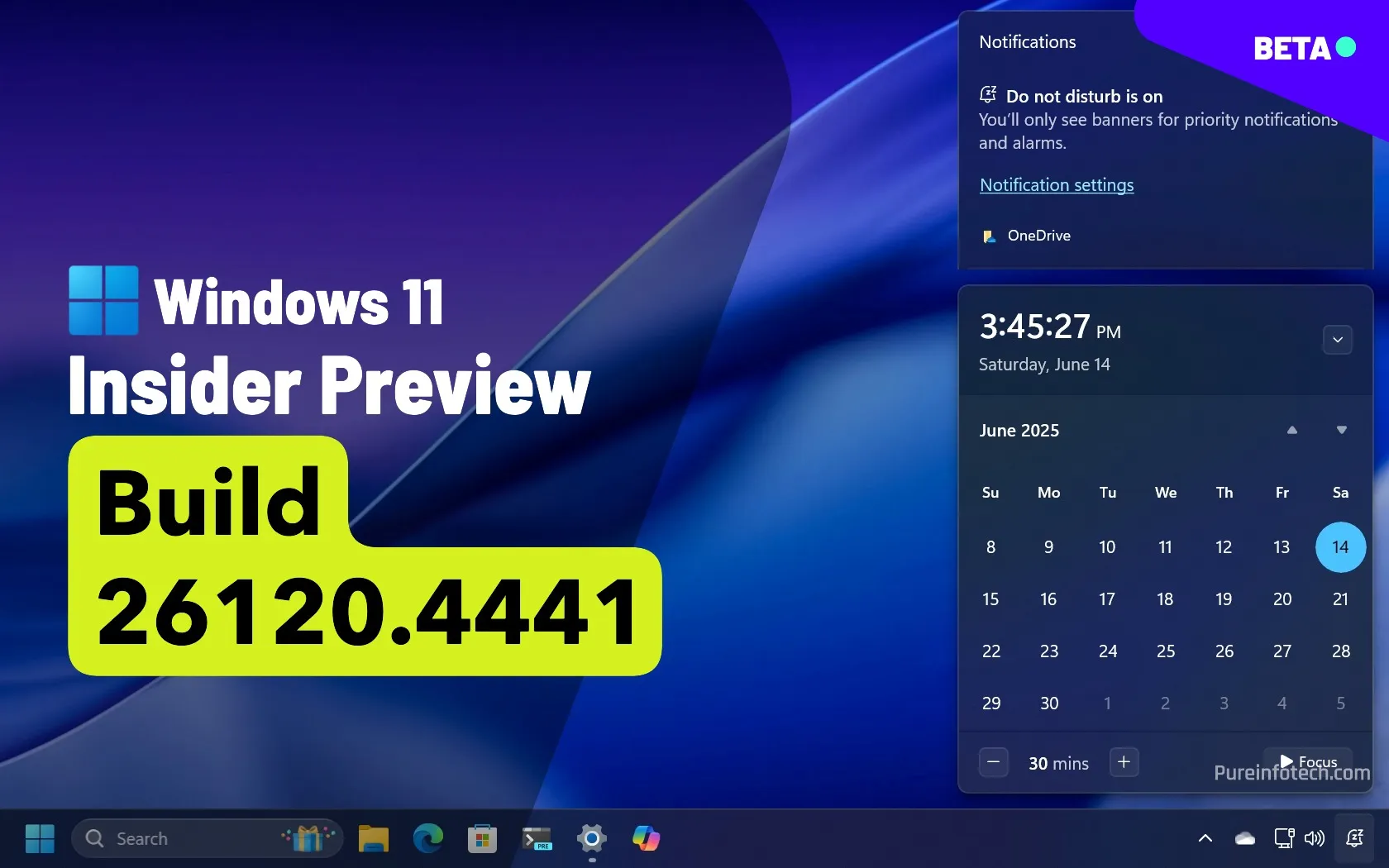ADA-Compliant Refrigerator Key Features for a Disabled User

Doors with pull handles are better than those with recessed handles for people with gross motor impairments. A refrigerator can be ADA compliant and still have recessed handles, so keep that in mind as you consider ADA fridges. You also want doors that aren’t too heavy to open and can be opened with one arm. Door-in-door compartments are convenient for accessing items on the door shelves, but their handles can make them difficult to open.
Auto-open doors are a new feature that has popped up in some refrigerators, mainly from Samsung. You can open the doors simply by tapping on them.
Water and ice dispensers are helpful, but check to see that they are easily within reach and offer physical, tactile buttons to change modes. Choosing an ADA-compliant refrigerator for this feature could be helpful, as the guidelines have strict requirements for making “operable parts” easy to use with one hand and little force.
Icemakers can be game-changers, according to Karla Noboa, a CR fundraising research specialist who uses a wheelchair. “With an icemaker, I don’t have to use mental or physical energy to make sure I always have filled ice trays,” she says. “There’s just always ice!” The icemakers in top-freezer and side-by-side refrigerators can be hard or impossible to reach for many people. Those in bottom-freezer refrigerators are much easier to access. (As noted above, some French-door refrigerators have easy-to-reach icemakers in the freezer compartment, but others have their icemakers in less convenient locations.)
Water filters are often located at the top of the fresh-food compartment, which can be hard to reach in French-door, bottom-freezer, and side-by-side refrigerators. “Look for fridges that have their filter located near the lower door shelf or the crisper drawers,” Chai suggests.
Reversible doors on top-freezer and bottom-freezer refrigerators are helpful for many people, regardless of their physical abilities. They can ensure you don’t need to squeeze into a corner to access your groceries.
WiFi connectivity allows you to adjust refrigerator settings from a smartphone app, handy if the physical controls are difficult to use or out of reach. People with vision and gross motor impairments can also take advantage of a smartphone’s screen reader and other accessibility features to operate the fridge’s app.
Source link









